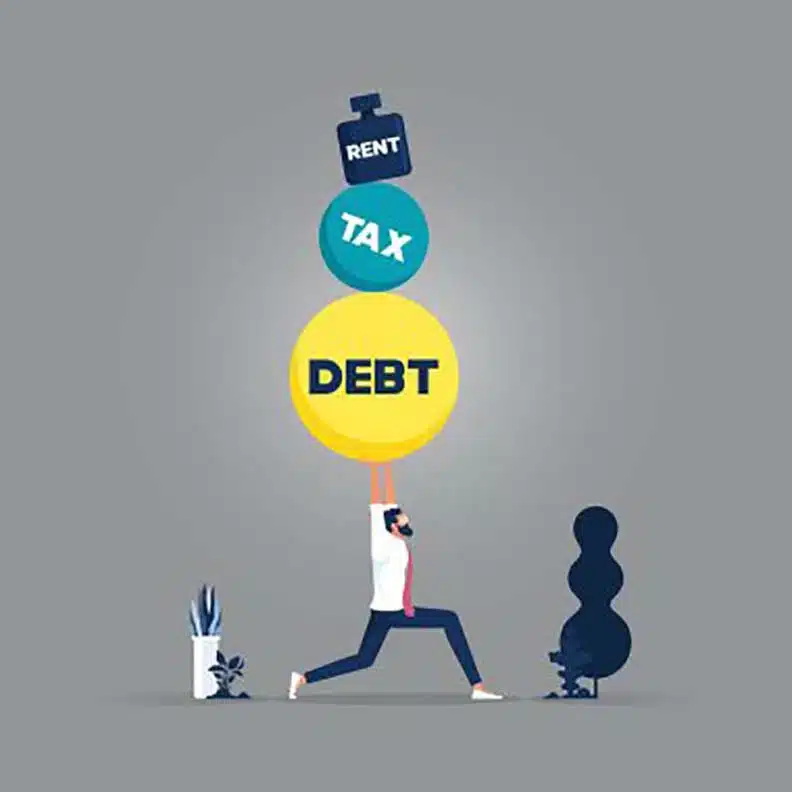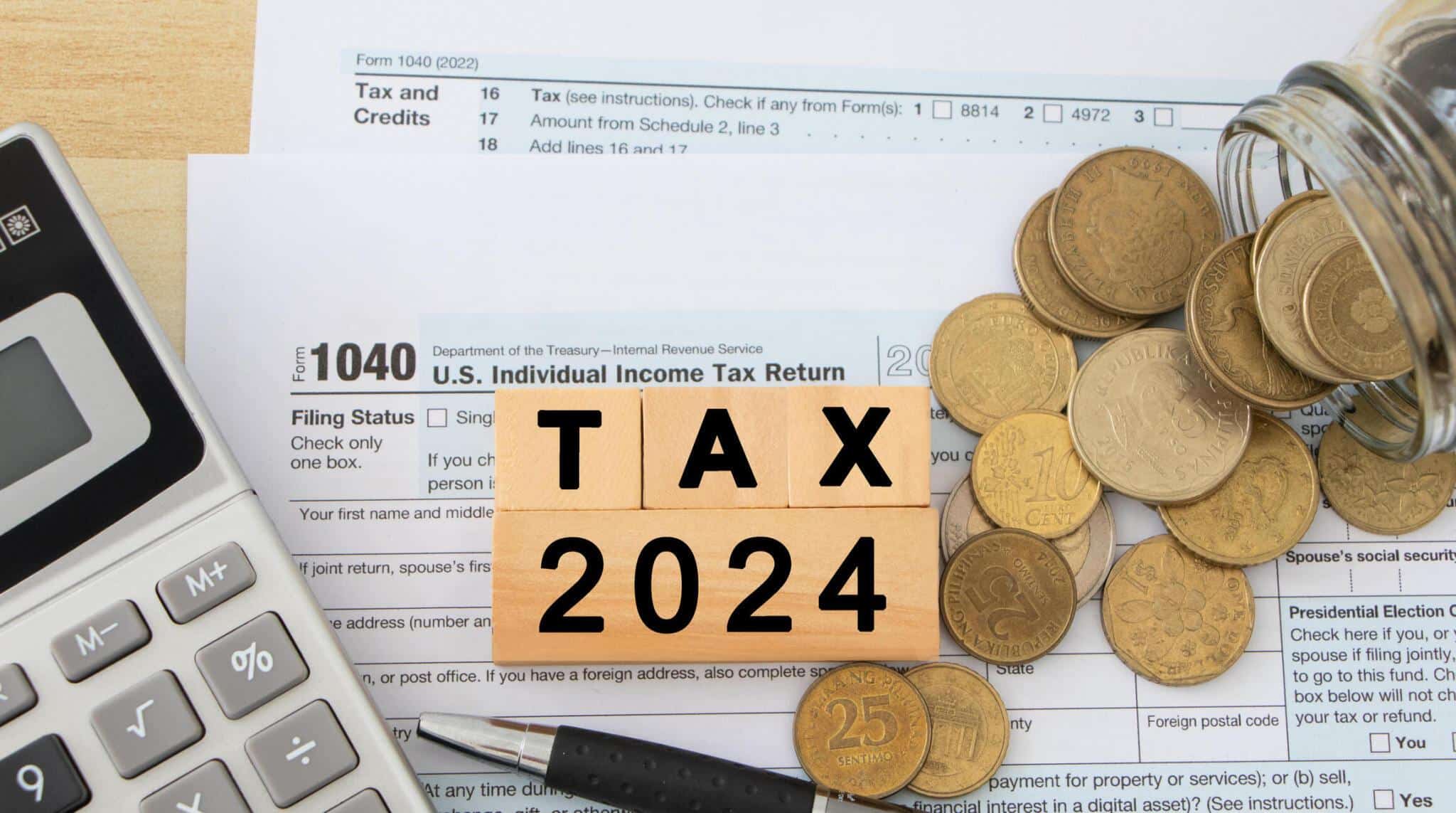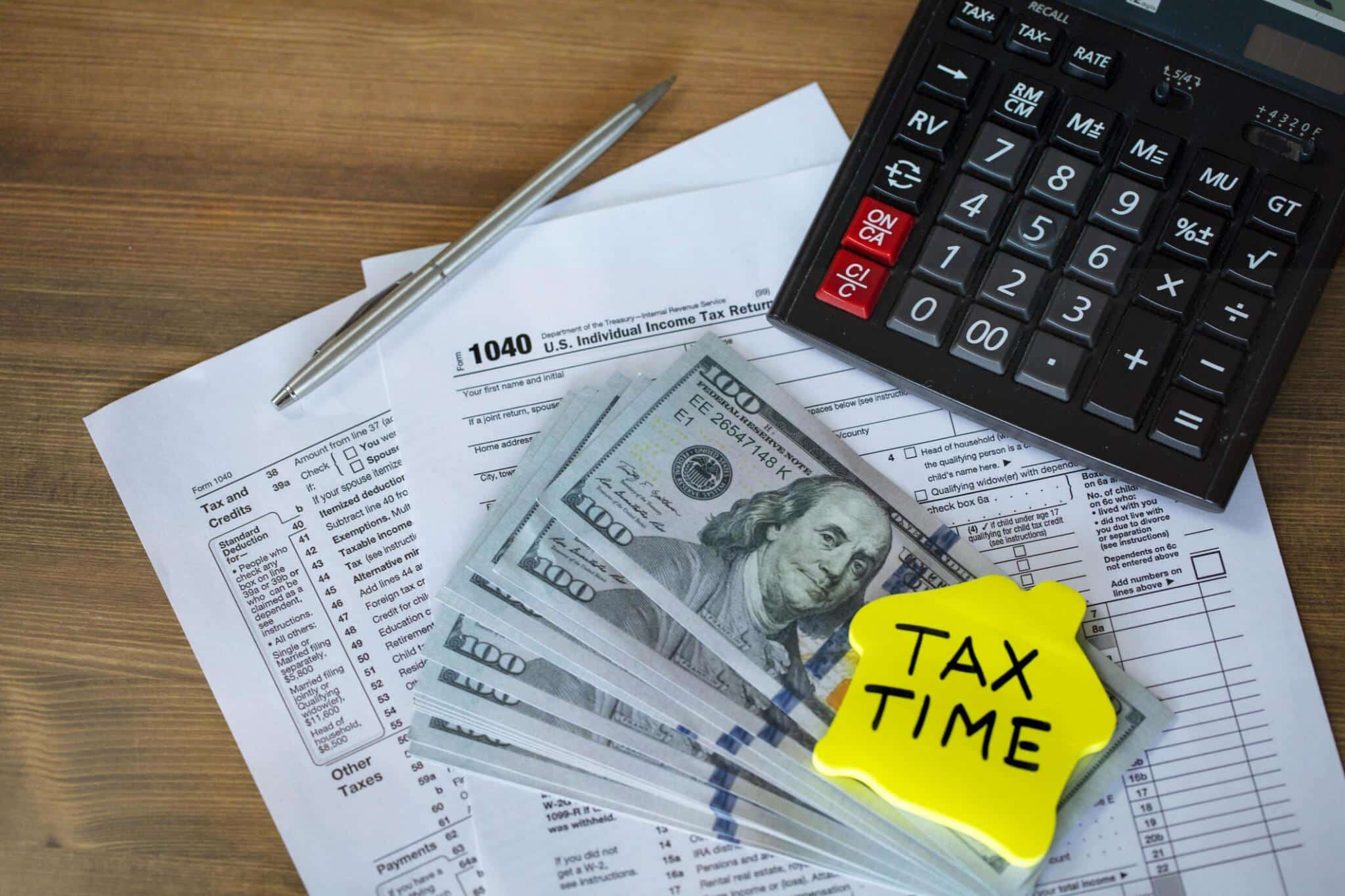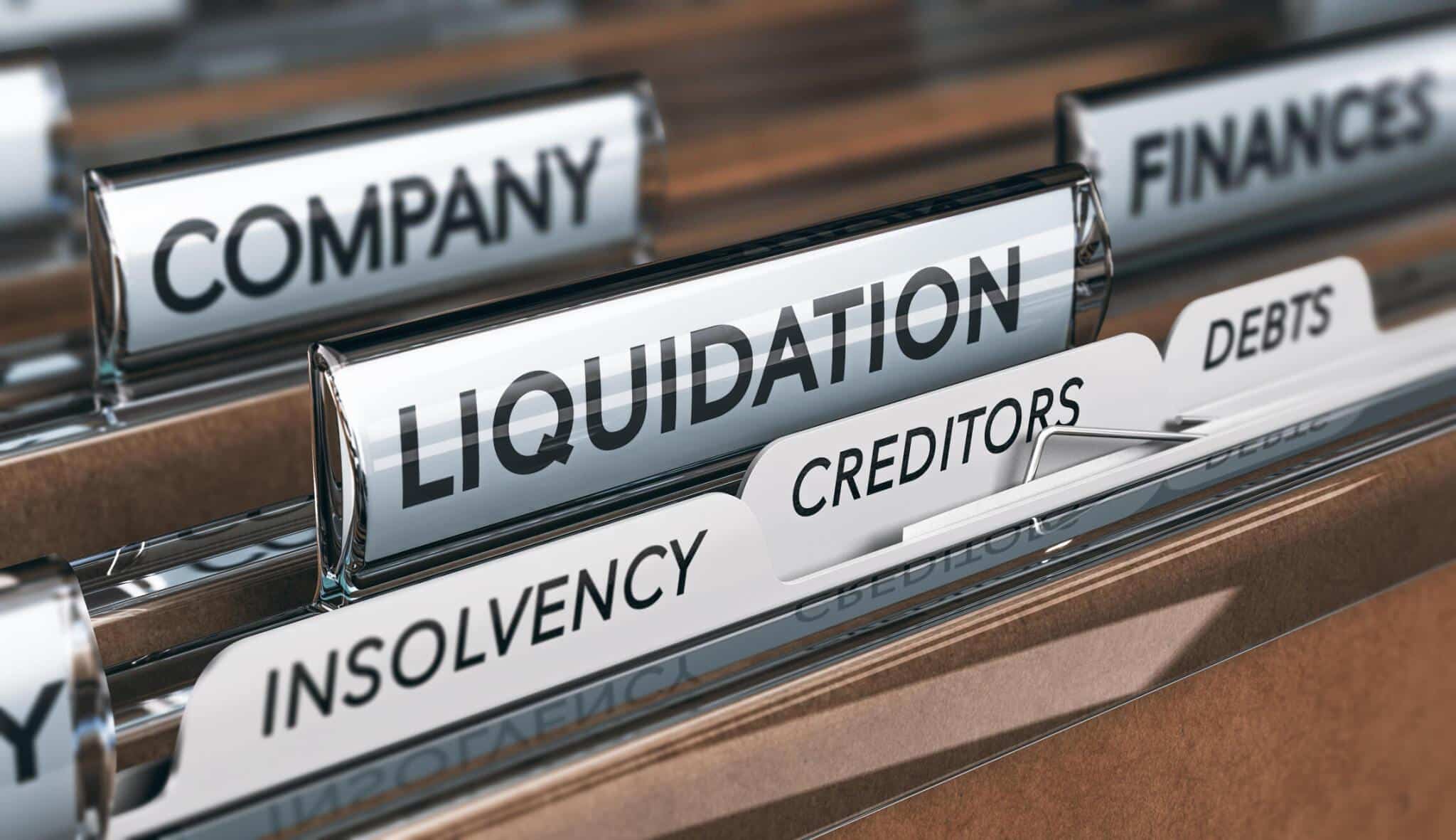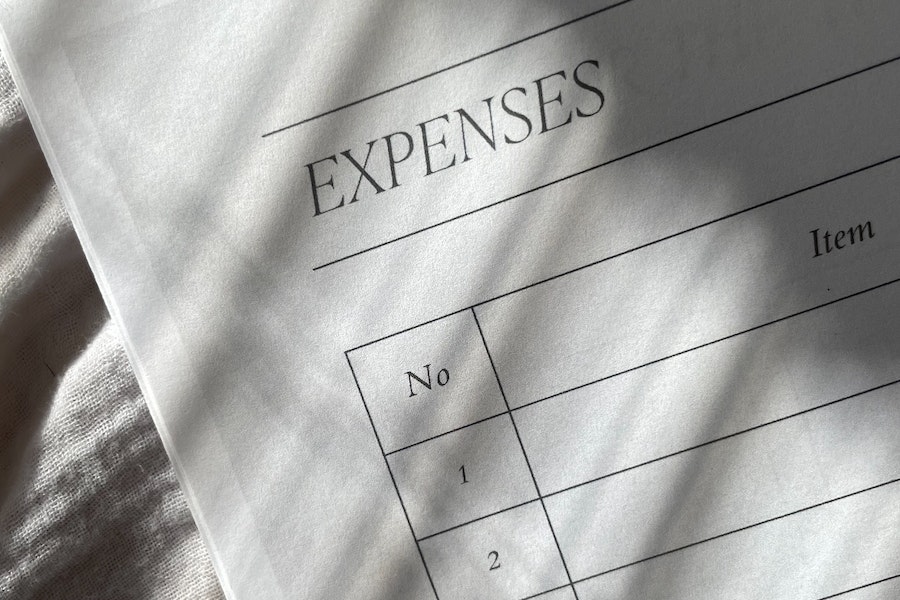The only certainties in life are death and taxes, yet many business owners bury their heads in the sand.
When the tax bill comes in, it can be close to a year old. This can really leave you on the back foot if you don’t have cash aside.
Fortunately, there are ways to keep your head above the tax man’s ocean.
- Plan ahead: If you are managing your finances correctly, you should have an idea of the sort of debt that will be heading your way come tax time. Having an idea of what you will owe in advance can be a lifesaver in keeping tax debt from accumulating. Work throughout the year with your tax accountant so you can keep an eye on where your tax bill might stand and budget accordingly.
- e organised: Keep all your paperwork and financial details well organised and accessible. This way, should the ATO have any questions, it will be easy to supply the answers. It will also make it easier to do your taxes and to find where to draw money from to pay your tax bill.
These days, it is recommended that you connect your business bank accounts with a cloud-based accounting system like MYOB or Xero. This gives you instant access to accurate records and reports, and makes life easier for you, your bookkeeper and your tax accountant.
- Pay your tax in installments: If you have a large tax bill, the government is willing to help you out. There are installment plans you can apply for to help manage your debt. Check out the ATO website to see what will work for you. There are options for businesses and individuals that you can apply for. For a business to apply for a payment plan, it needs to owe less than $100,000. For a small business to be eligible for an interest-free payment plan, it must:
- have an annual turnover of less than $2 million
- have recent amounts owed from an activity statement of $50,000 or less that has been overdue for no longer than 12 months
- have good payment and lodgment history, including no more than one payment plan default within the last 12 months and no outstanding activity statement lodgments
- Be unable to obtain finance (such as a loan) through normal business channels
- Be able to demonstrate ongoing viability.
Your tax accountant can help you by negotiating a payment plan on your behalf with the ATO.
- Put money aside: When your tax bill does come in, you don’t want to be caught short. Make it part of your budget to put away money for the tax bill. That way, when the time comes, you have a dedicated fund and will have no trouble paying.
As a business owner, with so much cash coming in and going out, it can be difficult to know what you will owe in tax. This is why you need to touch base with your tax accountant on a regular basis, not just at tax time. He or she will help you figure out a ballpark amount so you can make sure you don’t fall too far behind.
- Apply for support: The pandemic has caused difficulty for many Australian businesses. If you’re struggling to pay your tax bill because of COVID-19 or any other valid reason, you can ask the government for support. Your tax accountant can let you know what grants or leniency you may be eligible for.
Use an accountant
The best way to manage your finances is to hire a quality accountant. Tax accountants, in particular, know all the ins and outs of taxes and the ATO. They will be able to help you minimise your tax bill in the first palace and handle any tax debts you are still left with.
In some cases, a new tax accountant may be able to identify errors in your previous accounting. This can result in a revised tax bill that is thousands of dollars lower than you thought.
Remember, as a business, there is more than one tax you will need to be paying. Individuals only have to deal with income tax, but businesses also have PAYG taxes, GST, company tax, capital gains tax, and a handful of others. To stay on top of everything and avoid a tax debt, work with an experienced tax professional.
Need help to manage your tax responsibilities and avoid a large debt? Contact Mobbs & Co today.
